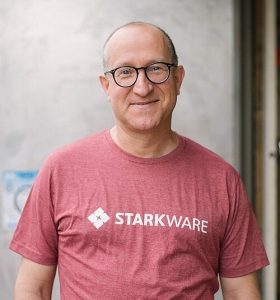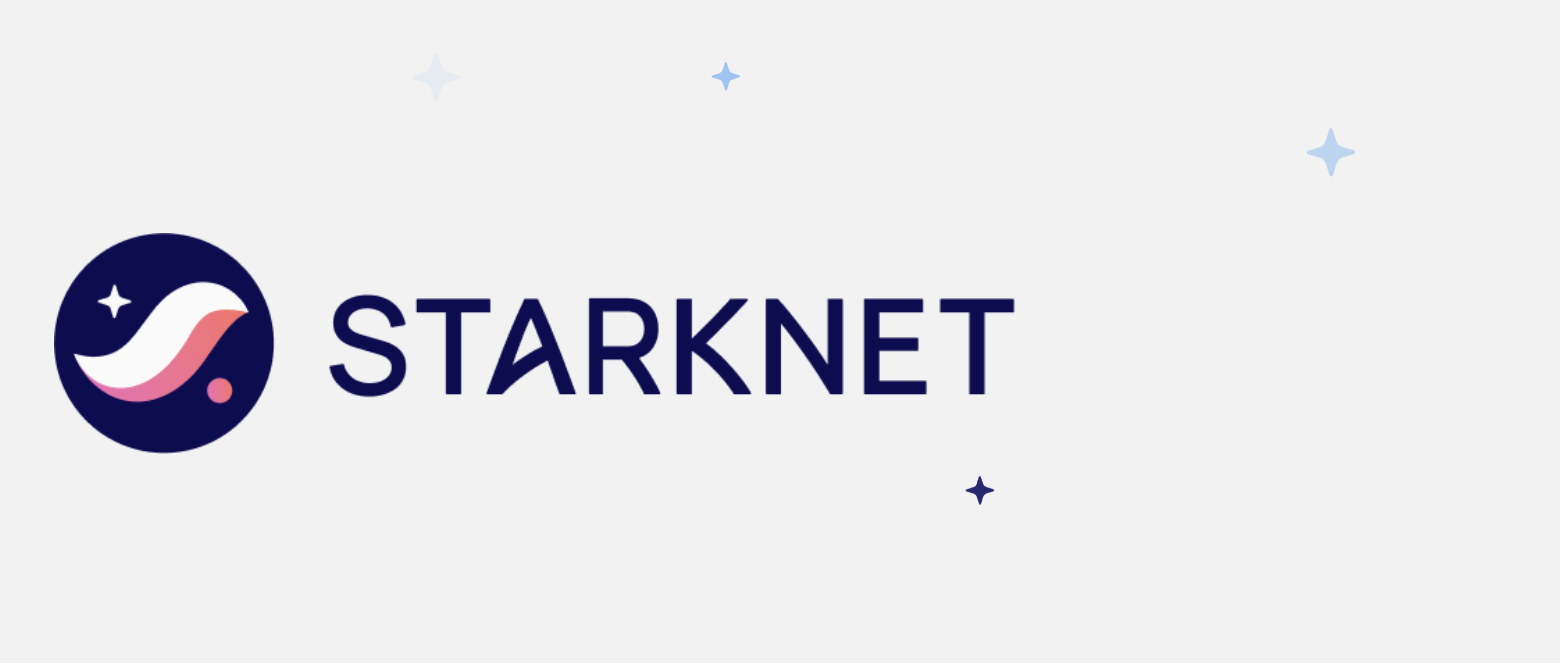StarkWare aims to make Bitcoin ‘everyday infrastructure’
Developers are typically fond of esoteric prototype-level embryonic technologies.
It’s part of why the open source ecosystem is so vibrantly filled with forks, skews and variants i.e. everyone is looking to find the next big thing, the next cloud-native nuance, to correctly identify the next standardisation format for [insert technology fusion point such as MCP or A2S or REST etc. here]… or perhaps more importantly, the next wave of technology stack infrastructure (in this age of platform engineering) that they need to adopt.
Bitcoin is, of course, past the point of prototype-level embryonic status, but it is perhaps still esoteric enough to warrant some open discussion as to how developers will be adopting, integrating and configuring services that touch it at the command line and inside their Integrated Development Environment (IDE) of choice.
An $8 billion cryptography company is in the midst of an ambitious push to make Bitcoin more usable on a day-to-day basis.
Stark, Eli… not Tony
Israel-based StarkWare is based in Netanya, which is roughly halfway between Tel Aviv and Haifa. Founded and spearheaded by Eli Ben-Sasson (Hebrew: אלי בן-ששון) – an Israeli computer scientist known for his work on zero-knowledge proofs – the company has an arguably impressive web footprint and level of respect among the programmer community.
“Everyone is talking about Bitcoin’s proof, which is amazing, but few understand what to do with it,” said Eli Ben-Sasson, co-founder and president of StarkWare. “Our aim is to get it passing the toothbrush test – intuitive for use and used daily by all.”
Nobody needs an instruction book for a toothbrush, clearly, but how simple (perhaps we should say accessible) can the company really make Bitcoin?
How Starkware Starknet works
StarkWare made its name building infrastructure to scale Ethereum. Its technology powers Starknet, a network that speeds up blockchain transactions and lowers costs by verifying work off-chain, then posting a short proof back to Ethereum.
Now, the company is applying the same approach to Bitcoin.
“The future of computation is verifiable,” said Ben-Sasson. “As systems scale and automate, the only sustainable trust model is one that can be proven cryptographically.”
He insists the logic is simple.

“The future of computation is verifiable,” StarkWare’s Ben-Sasson.
Bitcoin is a powerful store of value, but not built for high-speed, everyday use. StarkWare is building a lightweight layer around it, so people can actually spend, use and build on Bitcoin, without compromising its core security.
In that spirit, StarkWare recently introduced a milestone i.e “Bitcoin staking” is coming to Starknet. Bitcoin holders will soon be able to lock their BTC (a term used to denote Bitcoin) as collateral to help secure the network, backed not by trust, but by cryptographic proof.
What is Bitcoin staking?
Staking is earning rewards by locking crypto, typically on Proof-of-Stake networks, but now also indirectly with BTC.
This work with StarkWare is the first time Bitcoin will help secure another public blockchain through proofs. It marks a shift: verifiable computing, long the domain of cryptography researchers, is becoming usable infrastructure.
ZK proofs to verifiable computation
StarkWare’s tools rely on STARKs, short for Scalable, Transparent Arguments of Knowledge – a kind of cryptographic proof co-invented by Ben-Sasson.
Ben-Sasson was also a founding scientist of Zcash, one of the first blockchain projects to bring zero-knowledge privacy to the public. That experience shaped the design of STARKs, which avoid the pitfalls of older proof systems.
Unlike earlier models that depend on complex math and setup rituals, STARKs use only basic hash functions and randomness. That removes hidden trust assumptions and makes them resilient even against quantum attacks.
STARKs aren’t blockchains themselves. They’re infrastructure for blockchains, tools that let you check a huge computation with a tiny, fast verification. Billions of CPU steps become a proof you can verify in milliseconds.
“A STARK proof is effectively a cryptographic receipt for computation,” said Ben-Sasson. “You can prove a job was done correctly without re-running it and that changes how we think about scaling and security in distributed systems.”
Bitcoin as active infrastructure
By introducing Bitcoin staking, Starknet claims to turn Bitcoin from a passive reserve into an active part of blockchain infrastructure. BTC holders can stake coins and STARK proofs guarantee that off-chain work was done right.
The company suggests that this gets us to a point where Bitcoin isn’t just money; it’s a backbone for securing other systems.
The vision is for a single proof-based system to support both Ethereum and Bitcoin. One architecture, multiple chains, unified through math instead of trust.
The Cairo stack
Under the hood, developers use Cairo, StarkWare’s open-source programming language. It helps turn ordinary logic into forms that can be proved.
The full stack, Cairo, the proof engine and Starknet itself is open and public. While StarkWare launched it, Starknet is now evolving into a decentralised network governed by a broader community.
“Our open-source toolchain lets anyone build applications that are verifiable by design,” said Ben-Sasson. “It’s not limited to finance; we’re seeing teams interested in all sorts of things. The possibilities are broad – data-integrity pipelines, cloud audit trails, even AI model verification.”
Proofs, not trust
Verifiable computing isn’t just faster, it’s safer. It can act as a compliance layer for systems that demand transparency:
- Finance: Prove what happened without exposing private data
- AI & ML: Confirm a model used the right data
- Cloud Security: Show that software ran exactly as declared
Because proofs are compact, they can run on phones, browsers, or even tiny devices.
What’s next?
With Bitcoin entering the picture, StarkWare says it is building a bridge between decentralised networks and enterprise-grade assurance.
Coming soon: recursive proofs (where one proof checks another) and support for outside data – tools that could unlock things like provable APIs, verifiable AI agents, or secure middleware.




